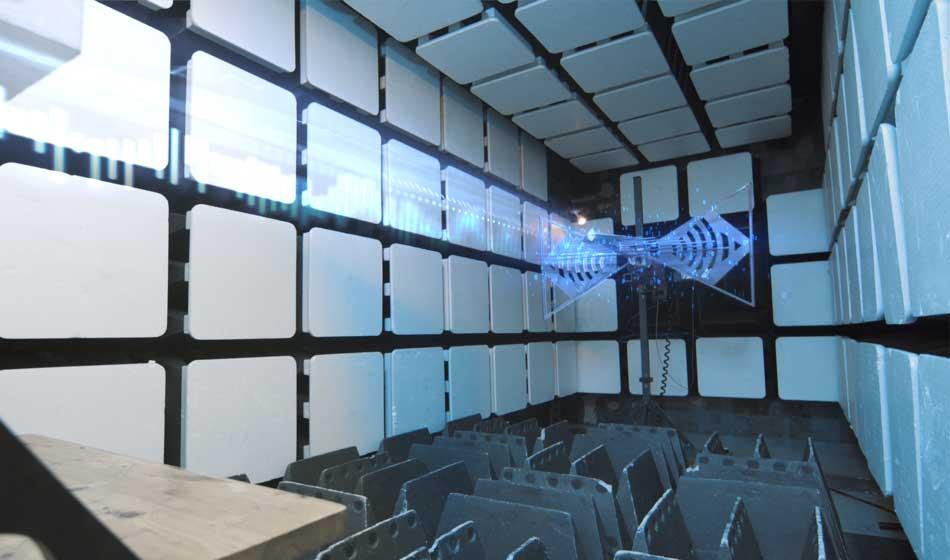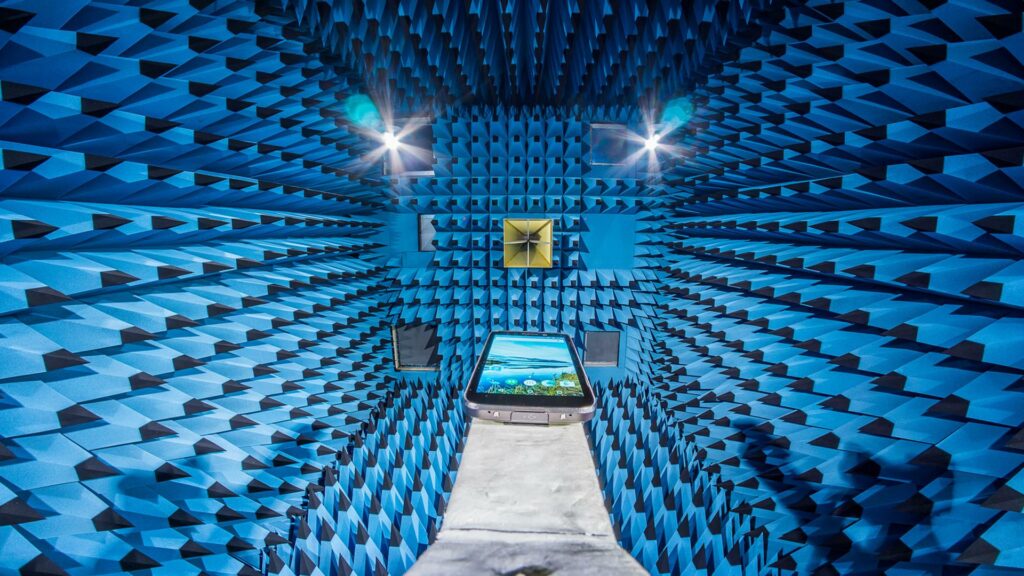Your Antenna Design Might Be Broken
Good antenna design can make or break your wireless products’ range and reliability.

Hidden Flaws That Might Damage Your Product and Your Brand
Good antenna design can make or break your wireless products’ range and reliability. While many engineers focus on transmitter power or receiver sensitivity, the antenna is the biggest contributor to your RF link budget – and the difference between good and bad design can be dramatic.
Why It Matters: The RF Link Budget
An RF link budget defines the maximum allowed propagation loss between a transmitting and receiving device. Think of it as your wireless communication’s energy balance sheet – you need enough signal to overcome the path loss between devices.
In free space, a mere 6 dB improvement doubles your link distance. In cellular configurations, that same improvement quadruples your cell size. These dramatic gains highlight why every decibel matters in wireless design. Alternatively, as a device manufacturer, a 6 dB improvement means your devices might consume up to 4 times less power and last longer between charges.

Go deeper: Why Antennas Matter More Than Power
Here’s the reality: TX power and RX sensitivity offer limited adjustment range, especially when using pre-certified radio modules. These constraints leave antenna design as your primary tool for optimizing wireless performance.
The impact is substantial
– A well-designed antenna can provide more than 10 dB improvement over a poor design
– When the same antenna type is used at both transmission ends, this advantage doubles
– The resulting range improvement can be the difference between reliable connection and intermittent failures
Key Antenna Performance Parameters
Three critical factors determine antenna performance
Radiation Efficiency: Measured in percentage or dB, radiation efficiency indicates how much input power converts to radiated electromagnetic energy. Higher efficiency means less energy wasted as heat and more transmitted as signal.
Gain/Directivity: Expressed in dBi (decibels relative to an isotropic radiator), gain measures how concentrated your antenna’s radiation pattern is in specific directions. Higher gain provides a longer range in targeted directions at the expense of coverage in others.
Polarization: Antennas can be designed with linear (vertical or horizontal) or circular polarization. Matching polarization between transmitting and receiving antennas prevents significant signal loss – mismatched polarization can reduce signal strength dramatically.

By the Numbers: Why Should You Care
Consider this scenario: You’ve designed a wireless system that barely reaches its required range. By optimizing the antenna design for just a 6 dB improvement, you could:
– 4 x the communication distance
– Up to 4 x reduced power consumption for the same range
– Improve reliability by creating signal margin for environmental factors
When facing range challenges, engineers often first consider increasing transmitter power – but a thoughtful antenna design approach is typically more effective, efficient, and economical.
The Bottom Line
Antenna design deserves your focused attention in wireless systems. It represents your biggest opportunity for performance improvement, with potential gains exceeding 10 dB through thoughtful design choices.
In wireless communication, the antenna isn’t just another component – it’s your most powerful tool for optimizing range, reliability, and energy efficiency.

Know More
Join us at the Hardware Pioneers Max (Conference room #1 13:20 – 13:50 Wednesday 23 April).
I will be sharing valuable insights on the essential considerations for antenna design. Discover why creating a universal “one-antenna-fits-all” solution is often challenging, and learn about the design processes, tuning techniques, and integration methods that can enhance your projects.
Don’t miss this opportunity to gather key tips and best practices that every antenna designer should remember. Let’s advance our understanding and elevate our designs together!